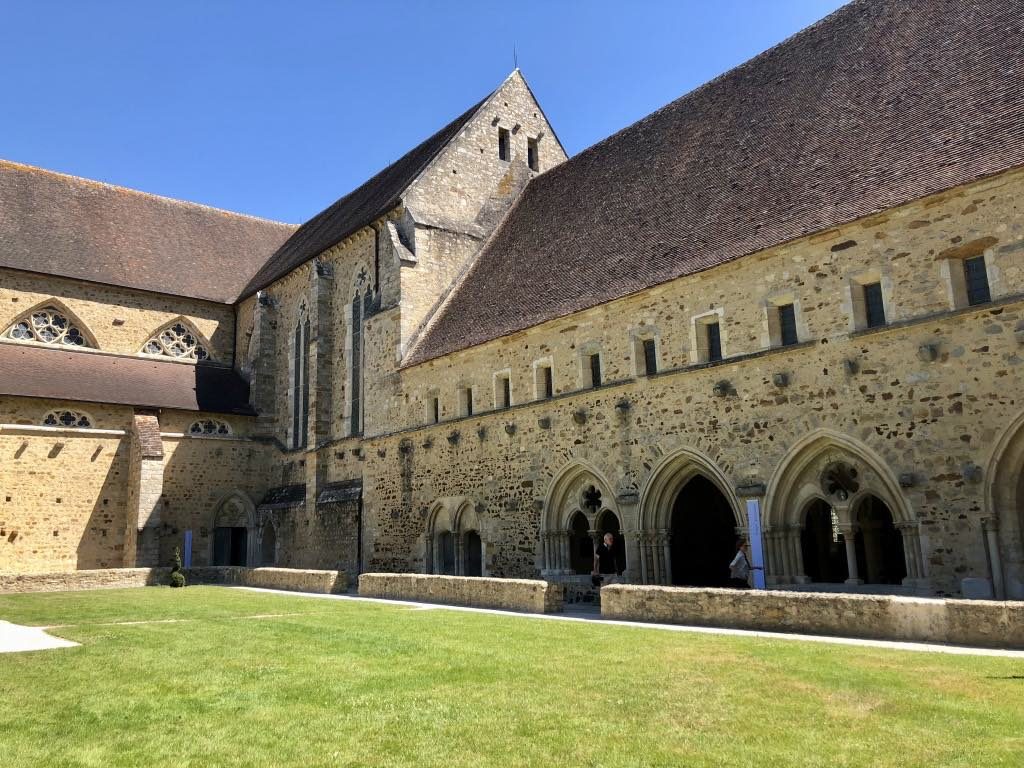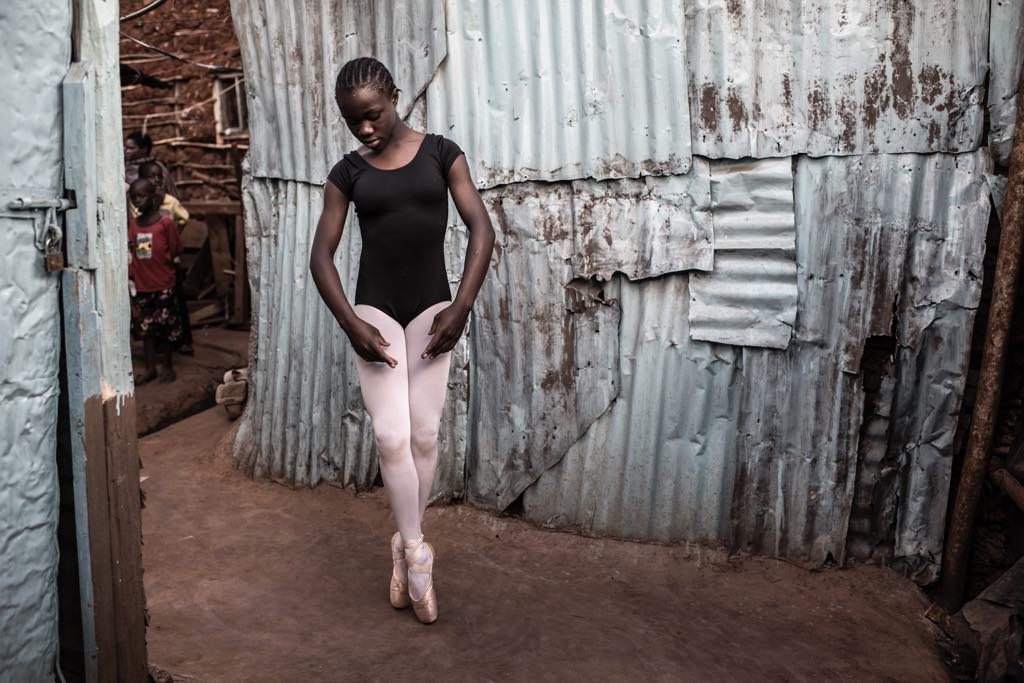
The Cistercian Abbaye Royale de l’Épau was founded in the 13th century to ensure the salvation of its founder, the Spanish-born Berengaria of Navarre, queen consort of England (although she never set foot in the country while actually queen) as the wife of Richard the Lionheart. Today, this lovely site on the outskirts of the city of Le Mans is located only a short tram ride from the city’s train station, less than an hour from Paris.
The abbey was burnt down during the Hundred Years’ War and rebuilt in the 15th century, giving it its current graceful form. After the monks were ousted during the French Revolution, it was variously used as farm outbuildings and an orphanage. On its way to becoming a ruin, it was saved when the Sarthe department bought it in 1959 and gradually restored it over the years.
Today, while some spaces are used for departmental political functions, the abbey is open to visitors, who come to admire its buildings and grounds, see indoor and outdoor photo exhibitions and attend concerts.
The photo exhibitions have become a major attraction, and this year there are no fewer than 11, three of them devoted to dance. In the spacious deconsecrated church where the monks once prayed and chanted, Kenyan girls in tutus now dance in large-format photos by Swedish photographer Fredrik Lerneryd. The pictures tell the moving story of a ballet class given in a school in Kibera, one of the largest slums in Africa. As soon as the day’s regular classes are finished, the eager students change into dance costumes, move the furniture out of their decrepit classroom and sweep the floor, ready to practice their pliés and sautés.

In a series of small rooms on the other side of the monks‘ dormitory is an exhibition of photos by Gérard Uféras that take us backstage to experience the pain and joy experienced by the dancers of three great ballet companies: the Ballet de l’Opéra de Paris, the Bolshoi in Moscow and the ballet company of La Scala in Milan. “I have rarely seen people work so hard at following their dream,” says Uféras. “Working with them was a life lesson for me.”
The third series of dance photos, by Clément Szczuczynski, focuses on an amateur dance classes offered by the Sarthe department.
Outdoors, strollers on the grounds will come across powerful black-and-white photos of jazz musicians by Magnum photographer Guy Le Querrec; cabins containing the creative photo projects of local schoolchildren; Tim Franco’s images of Chongqing, China, a city with a population over 30 million people, most of them displaced by the building of the Three Gorges Dam; and Daesung Lee’s telling images of an island that is gradually being washed away. Environmental and social issues dominate in these and most of the other photo series on display,
Meanwhile, the nearly 800-year-old spirit of the pious Berengaria of Navarre, who devoted her life to prayer and good works after the Lionheart’s death in 1199, still reigns over the abbey today. Although the location of her grave is unknown, her 13th-century tomb and recumbent statue (currently being restored under the eyes of visitors) are still there. A one-hour tour focusing on the abbey’s history is available in English.
Favorite

